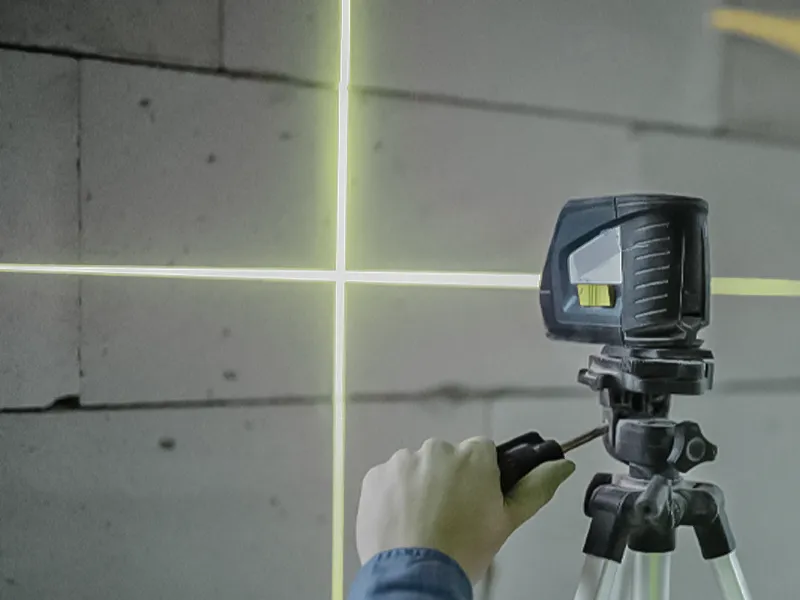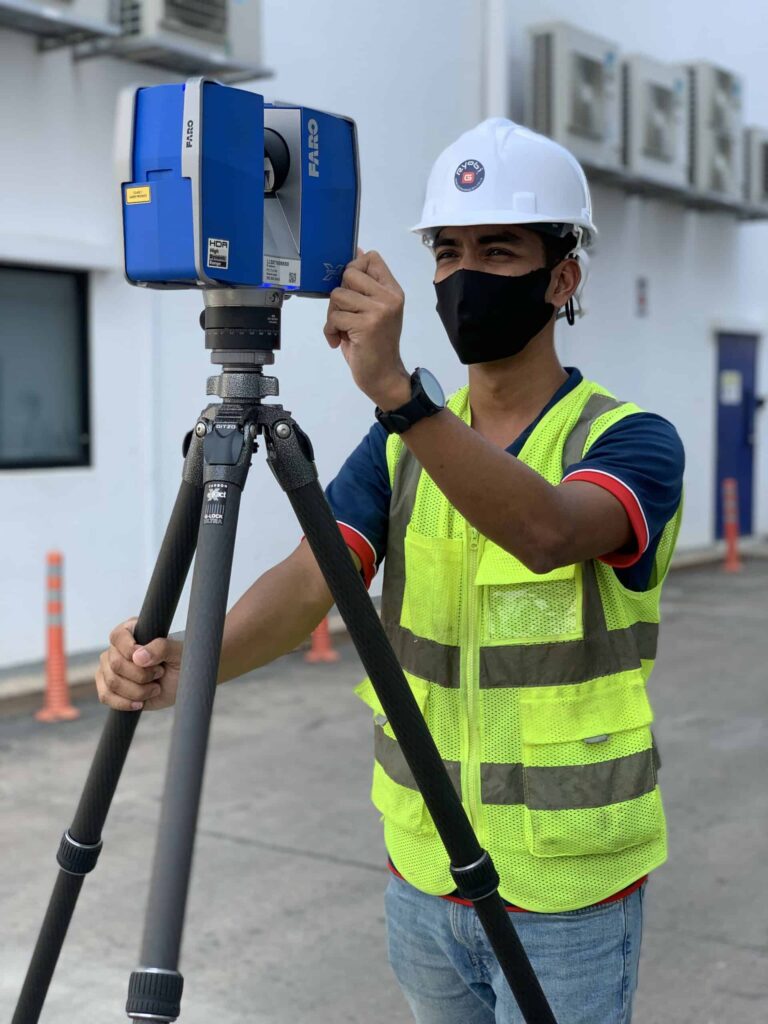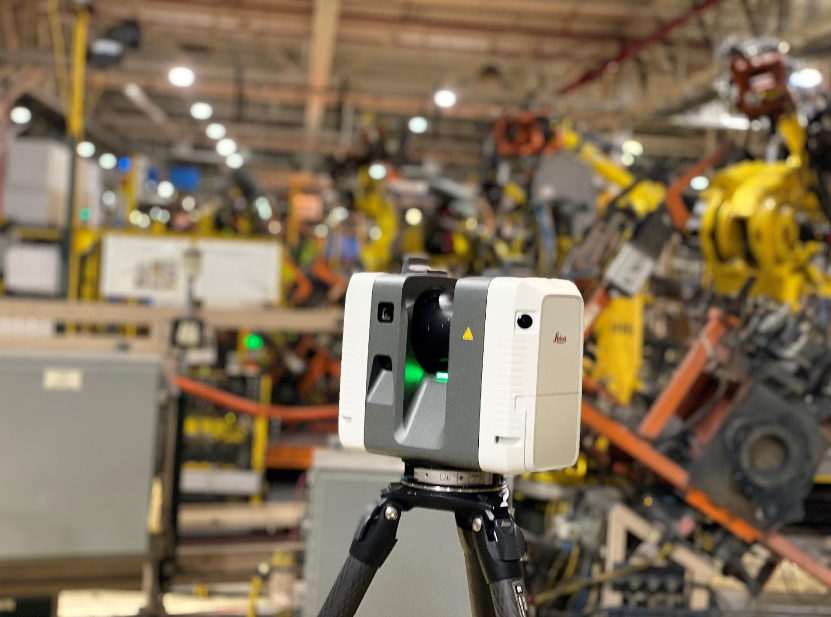A Complete Guide to Using 3D Scanning in Design Development
Enhancing Production Processes: The Effect of 3D Laser Scanning on Quality Assurance
3D laser scanning modern technology is transforming quality assurance in manufacturing. By giving specific dimensions and high-resolution data, it allows manufacturers to determine inconsistencies from specs easily. This innovation not just enhances examination processes yet likewise boosts operational performance. 3D Scanning. The implementation of this technology comes with its own set of difficulties. Exploring these elements reveals the more comprehensive effects for sectors and the future landscape of manufacturing

Recognizing 3D Laser Scanning Innovation
Although 3D laser scanning innovation has actually developed substantially in the last few years, its fundamental concept remains straightforward: capturing the exact geometry of objects making use of laser light beams. This technology uses laser light to measure distances in between the scanner and numerous points on a things's surface. The data collected is after that processed to create an in-depth 3D model, properly showing the measurements and contours of the scanned things.
Commonly, 3D laser scanners can be classified into two primary types: contact and non-contact scanners. Call scanners physically touch the challenge collect measurements, whereas non-contact scanners make use of laser beams to capture information from a range. The convenience of this innovation allows its application across numerous markets, including manufacturing, construction, and architecture. Its capability to generate high-resolution versions helps with quality assurance, reverse design, and rapid prototyping, ultimately improving layout accuracy and effectiveness in production processes.
Benefits of 3D Laser Scanning in Manufacturing
As manufacturers seek to enhance effectiveness and precision in their procedures, the advantages of 3D laser scanning have actually become increasingly obvious. This cutting-edge technology enables extremely exact and rapid measurements of intricate geometries, substantially reducing the time required for quality checks. By recording thorough information, manufacturers can recognize discrepancies early in the production procedure, thus decreasing waste and revamp prices.
Moreover, 3D laser scanning promotes far better design validation, allowing designers to contrast as-built conditions with initial specifications. This capability guarantees that any deviations are promptly addressed, improving overall product high quality. Furthermore, the modern technology supports the creation of digital twins, which can be made use of for simulations and procedure optimizations. Therefore, manufacturers not just raise their operational performance but also improve their competitive benefit in the marketplace. In general, the combination of 3D laser scanning represents a transformative action toward attaining greater criteria in manufacturing quality assurance.
Combination of 3D Laser Scanning Into High Quality Control
Integrating 3D laser scanning into high quality control processes boosts the precision and effectiveness of examinations throughout production. This modern technology allows makers to record in-depth, high-resolution information of parts and assemblies, enabling precise measurements and contrasts versus design requirements. By using 3D laser scanning, companies can recognize deviations from resistances better, which is important for keeping item integrity.

Real-World Applications and Study
Real-world applications of 3D laser scanning in making demonstrate its transformative impact throughout various markets. For circumstances, aerospace companies use this innovation to conduct accurate inspections of elements, guaranteeing they fulfill rigorous safety and security criteria. A noteworthy instance entailed a leading aircraft supplier that employed 3D laser scanning to simplify its quality assurance processes, substantially minimizing examination times and errors.
In the automobile market, makers have actually implemented laser scanning to create electronic twins of their cars, making it possible for real-time changes during manufacturing. One automotive firm reported a 30% reduction in rework costs after incorporating this technology right into their assembly lines.
In the consumer products industry, business are utilizing 3D laser scanning for quick prototyping, allowing for quicker iterations and boosted product designs. These applications highlight exactly how 3D laser scanning not only improves accuracy however also boosts effectiveness and advancement throughout multiple production domain names.
Getting Rid Of Challenges in Execution
Implementing 3D laser scanning in manufacturing presents a number of obstacles that organizations should navigate to completely realize its advantages. One considerable hurdle is the first expense of devices and software program, which can prevent business from adopting this modern technology. Furthermore, integrating 3D laser scanning into existing process requires getting rid of resistance to transform among workers, requiring thorough training programs to guarantee proficiency. Data administration additionally postures a difficulty, as the high volume of info generated by 3D scanning should be properly refined and Going Here assessed to acquire actionable understandings. Compatibility concerns with tradition systems might hinder smooth assimilation, requiring possible upgrades or modifications. Dealing with these challenges is important for producers aiming to improve quality assurance and optimize manufacturing processes. By establishing clear methods for training, financial investment, and data management, business can mitigate these challenges and launch the transformative potential of 3D laser scanning in their operations.
Future Fads in 3D Laser Scanning for Production
As making continues to progress, the integration of 3D laser scanning with raised automation is expected to change production processes. Improved data analytics will play an important duty in improving and enhancing workflows top i was reading this quality control. These trends highlight the capacity for higher efficiency and precision in making environments.

Increased Automation Assimilation
Although the integration of automation in production has been progressive, the future of 3D laser scanning is poised to accelerate this fad substantially. As making procedures become increasingly complex, the demand for exact, real-time measurements grows. 3D laser scanning modern technology offers automated information capture, reducing labor expenses and reducing human error. This combination enables producers to improve high quality control procedures, allowing fast discovery of deviations in production. In addition, the positioning of 3D laser scanning with robotics and automated systems promotes smooth operations, enhancing overall performance. As producers take on these advanced modern technologies, they can anticipate improved precision and productivity, positioning themselves competitively in a rapidly advancing market. The synergy in between automation and 3D laser scanning marks a significant jump forward in manufacturing development.
Enhanced Information Analytics
The assimilation of automation has led the way for improvements in data analytics within the domain of 3D laser scanning. Manufacturers are progressively leveraging advanced algorithms and device understanding strategies to examine vast datasets created by laser scans. This improved information analytics capability permits for check real-time surveillance of making processes, enabling the recognition of defects and discrepancies a lot more effectively than typical methods. Anticipating analytics can foresee possible problems, greatly reducing downtime and enhancing general effectiveness. The ability to imagine data in three measurements gives deeper understandings right into production operations, fostering better decision-making. As 3D laser scanning modern technology continues to develop, the role of data analytics will certainly become increasingly critical in driving advancement and keeping competitive benefit in manufacturing.
Regularly Asked Questions
What Industries Benefit the Many From 3D Laser Scanning?
The markets that benefit most from 3D laser scanning include manufacturing, building, aerospace, automotive, and medical care. These markets use the modern technology for precision measurements, top quality guarantee, and reliable design processes, considerably improving total operational effectiveness.
How Does 3D Laser Scanning Contrast to Standard Measurement Approaches?
3D laser scanning provides higher precision and rate contrasted to typical measurement approaches. It catches comprehensive geometries quickly, reducing human error and helping with much better analysis, which ultimately enhances general quality assurance in numerous sectors.
What Is the Cost of Applying 3D Laser Scanning Technology?
The price of applying 3D laser scanning modern technology varies substantially, commonly varying from $10,000 to $100,000, relying on training, software application, and devices. Organizations must consider these costs versus prospective efficiency and quality renovations.
Are There Certain Software Application Demands for 3D Laser Scanning?
Yes, 3D laser scanning requires particular software application, including information handling and modeling applications. Typical choices include CAD software program, point cloud handling tools, and specialized applications that facilitate the integration and evaluation of scanned information for perfect outcomes.
Exactly how Long Does a Regular 3D Laser Scanning Refine Take?
A typical 3D laser scanning procedure can take anywhere from a couple of minutes to several hours, depending upon factors like the dimension of the item, complexity of the environment, and required degree of information for accuracy.
3D laser scanning technology is changing top quality control in production. 3D laser scanning innovation has developed significantly in recent years, its basic principle continues to be simple: capturing the exact geometry of items making use of laser beam of lights. Incorporating 3D laser scanning right into top quality control processes improves the accuracy and efficiency of inspections throughout manufacturing (3D Scanning). 3D laser scanning innovation supplies automated information capture, lowering labor prices and decreasing human mistake. The expense of applying 3D laser scanning technology differs considerably, usually varying from $10,000 to $100,000, depending on devices, training, and software